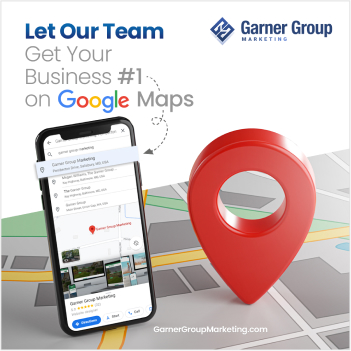Have you ever visited an online store like Amazon and clicked on a product or added a product to the cart and then suddenly you see similar products on other websites?
That’s retargeting marketing.
What is Retargeting or Remarketing Strategy?
Retargeting is a marketing strategy that will help you track users who visited your website and remind them of your business.
In this blog, we will discuss the importance of retargeting, how it works, and how it can help increase your conversion rate
What’s the difference between retargeting and remarketing?
Retargeting and Remarketing are almost the same since they have the same goal:
- To reach out to those who already visited your website and bring them back.
- Engage and target people who are most likely interested in your product or services
- Helps build loyalty with the customers through brand recognition and awareness.
The only key difference is the tactics being used to accomplish the mentioned goals.
Retargeting is usually done through paid ads that are focused on those who have already visited your website or social media account.
Meanwhile, remarketing uses email to target people who already have done business with your brand.
On the other hand, it’s also depending on which ad platforms you want to use.
Google calls it remarketing, while social media platforms call it retargeting.
However, whichever it is, the objective is to keep track of your website’s visitors and remind them about your business.
Why do you need a retargeting strategy?
Even if you have the most engaging website in the world, not all visitors will complete a purchase or will convert into clients in just one visit.
In fact, 97% of first-time website visitors are not ready to buy. And when they leave your site, they are lost forever – unless, you do something to bring them back.
This is where retargeting can very useful.
Other important reasons why you need to do retargeting are:
Retargeting is cost-effective
Flooding display ads all over Google are inefficient, not to mention expensive. However with retargeting, your ads will only pick out those who visited your website, and this makes you spend less, plus you are reaching those who are more likely to make a purchase.
Retargeting builds brand awareness
As mentioned earlier, retargeting can build brand awareness and loyalty. This means that people who see your retargeting ads on Google or Facebook will remember your business. And over time, there will be a good chance that your business will be the first to come to mind when they spend on products or services within your industry or category – allowing an increased chance to get a sale.
Retargeting increases the conversion rate
Truth is, retargeting campaigns are a long process but adding this marketing strategy can increase your ad opportunities to be seen by your first-time visitors and give them a chance to convert into a client or sales.
How does retargeting work?
So how does your website track visitors?
Simple: cookies.
Cookies are small pieces of information sent to your browser by a website you visit.
Have you noticed when you visit a website that it asks you if you accept the cookies? Cookies and other technologies use cookies so they can maintain the user’s preferences.
So this is how it works:
Every time a visitor comes to your site, they will place a cookie and that cookie will connect to your ad account. Once your ad account receives the information, it will start showing to your clients.
Also, thanks to the cookies, these ads are personalized – an important part of retargeting. The ads should be relevant to the user because if the ads are not relevant to the user, then the overall impression of the website is not relevant as well.
For Facebook, the retargeted ads are based on location, profile information, demographics, and behaviors.
Again, these are also personalized and are relevant to the users.
A step-by-step guide to retargeting
Now that we know the necessary information about retargeting, here’s a step-by-step guide on how to start retargeting and remarketing.
Step 1: Create an ad account
Remember, make sure that you create an account wherever your audience is. If your target market is social media users, then you can start retargeting using Facebook, Instagram or Tiktok.
Step 2: Make sure that you are set up for Ads
Google uses Display Network campaigns where you can tailor your ads depending on what websites and apps a user visits.
For Facebook, you can also set up a display ad and it will look like this:
Important Note: Facebook has various ad types, depending on how you want to display your retargeting campaigns.
Step 3: Set up how long your remarketing or retargeting will be.
In other words, you can set up “how long” you will follow the visitor. You can even follow them forever until they block your ad.
The good news is that the user’s impression with regards to retargeting ads usually falls between users not minding it or users totally hating it.
And truth is, only a minority of users will hate an ad that they are already familiar with or somehow has an interest in it.
Step 4: Download Pixel from Facebook or Code Snippet from Google
These codes are will serve as initial triggers that will also help store information that will be then used for your retargeting campaigns.
These codes should be put in the back end of your site. For those who are not really technical, Garner Group Marketing can help you set it up.
Increase your conversions with Retargeting Ads
Setting up an online marketing campaign can be daunting, and sometimes only a very low percentage of visitors make a purchase, despite all your efforts.
Truth is, when it comes to digital marketing, timing is hard to pin down. However, with retargeting ads, you are giving your potential customers a chance to rediscover your business.
If you need help setting up your Facebook or Google ads, contact us here. Stay up to date with the latest digital marketing trends by following on Facebook and subscribing to your YouTube channel. [/fusion_text][/fusion_builder_column][/fusion_builder_row][/fusion_builder_container]








